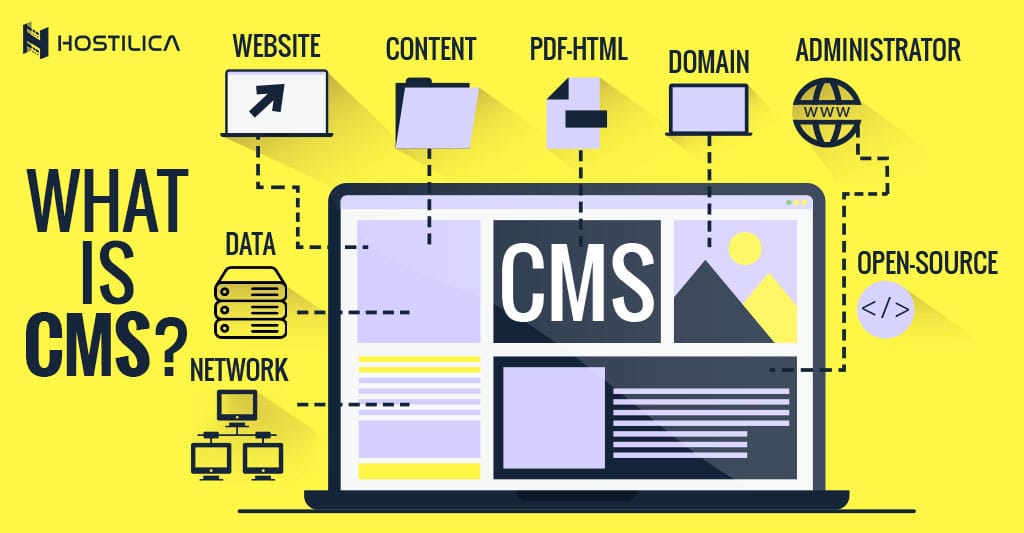WordPress is a great tool for web developers, but it has not been a good choice for casual website owners and beginners. With WordPress 5.8 due to be released on July 20, this will change.
WordPress is powerful enough to handle almost any task, but it was difficult to learn how to make the most of its potential. WordPress is often criticized for not being user-friendly.
Here is where the simple-named “full-site editing” comes in.
Today we will be discussing full site editing (FSE), and how it can help users to reduce the learning curve for WordPress.
What is full-site editing?
First, let’s go over the history of FSE. A couple of years ago, Matt Mullenweg, one of the creators of WordPress, introduced the Gutenberg block editor during his Q&A session at WordCamp Europe. This marked a significant change in WordPress’s approach to page/post building.
Before blocks, users only had a simple TinyMCE editor at their disposal. To customize your pages, you had to treat them as a Word document and hope that they wouldn’t be broken when you move them around but, Blocks changed that. Your page or post can now be a blank canvas where you can place different blocks. These blocks can be any type of thing. You can have text, images, audio embeds, or galleries.
Blocks make it easier to work on pages and blog posts that would otherwise be boring.
This concept is taken one step further with full site editing.
Blocks can be used to create pages or posts, but they can also be used to build whole websites.
FSE is exactly that. You can use blocks (from the block editor) instead of only pages or posts to modify entire websites.
WordPress users: What does full site editing mean?
There are both good and bad things in website tech and software.
FSE can have an enormous impact on your workflow depending on who you are.
There are also power users, users who want to customize their sites as much as possible. Some power users don’t have the skills to code everything themselves. FSE will be a huge benefit to these users.
There are also casual users who want a nice-looking theme without having to do any design customizations other than uploading a logo. FSE will not be noticed by these users.
FSE allows you to move blocks around and customize your WordPress theme to suit your needs.
FSE allows you to modify every aspect of your website’s design. This is especially valid if you’re a business and don’t want to rely as much on third parties to help you customize your website.
Matt Mullenweg said it best:
FSE is like expanding the accessibility of WordPress. This is my core belief in our mission.
FSE will not force you to do any of these things if you don’t want to. You can use WordPress as you have always used it.
Developers and designers: What does full site editing mean?
Here is where things get tricky. FSE means changes.
Single-purpose themes are almost gone. It’s becoming increasingly difficult to create a theme that is independent and can deliver unique features.
FSE makes it more difficult.
FSE is not compatible with all themes. This can lead to higher development costs.
However, boycotting FSE is a sure way to fail in the long term. FSE is not a popular product, but you can’t afford to miss out on the party. With WordPress heading towards a 50% market share, no developer wants to miss out on a cake of that size.
Here’s what Hardeep Asrani, WordPress contributor, and developer with Themeisle, had to say about FSE and its impact on the WordPress ecosystem:
FSE will make WordPress truly what you see is what you get. Developers will have an easier way to help users create their websites without the need to install page builders and learn CSS. This will change how themes are built. We are moving away from large PHP files that handle many different templates, and towards CSS with JSON configuration files.




